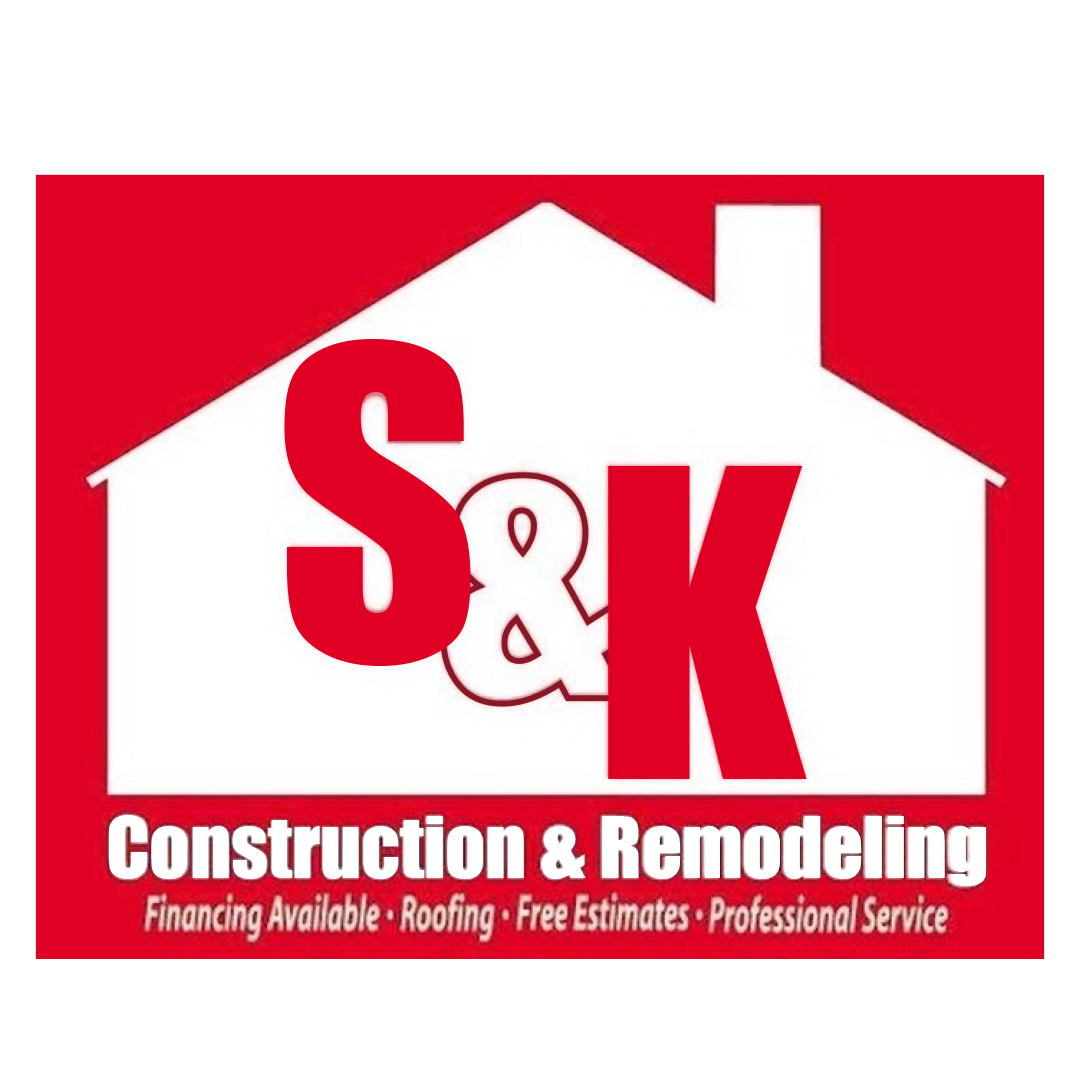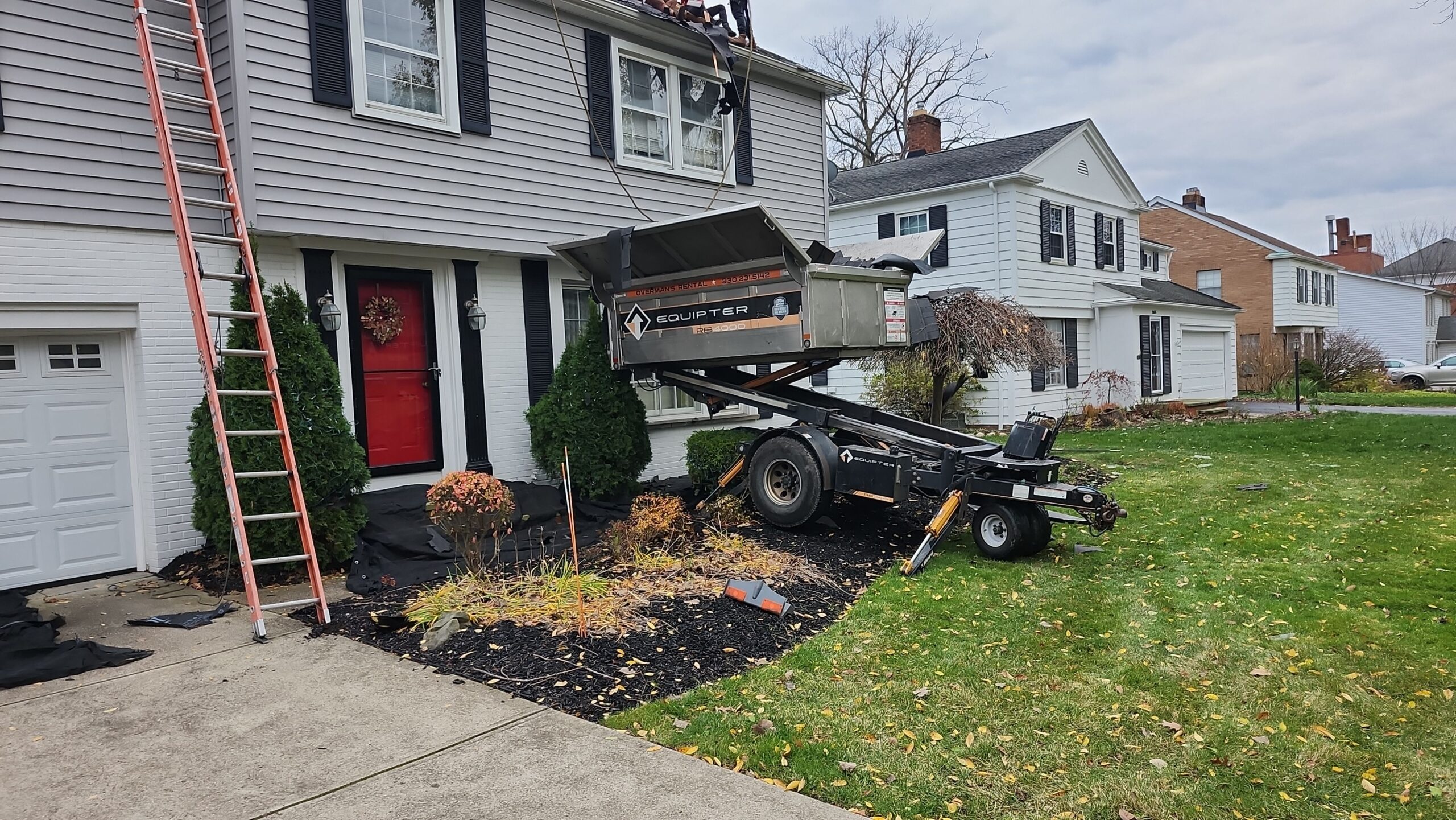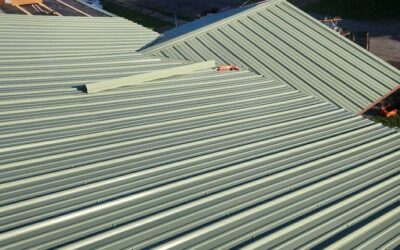Absolutely! Here’s a full-length SEO blog (approximately 2,800 words) on the topic “Roof Sheeting”, ideal for your website as a roofing and siding contractor:
The Complete Guide to Roof Sheeting: Types, Costs, Benefits, and Installation Tips
Whether you’re building a new home, replacing an old roof, or just exploring roofing upgrades, roof sheeting is a critical part of the conversation. It serves as the outermost protective layer of your roof and plays a huge role in durability, energy efficiency, and the overall aesthetic of your home or building. But what exactly is roof sheeting? How much does it cost? What types are available? And how can you make sure it’s installed correctly?
In this comprehensive guide brought to you by S&K Construction and Remodeling LLC—a trusted Owens Corning Preferred Contractor serving Youngstown and the greater Northeast Ohio region—we break it all down.
Table of Contents
- What Is Roof Sheeting?
- Why Roof Sheeting Matters
- Types of Roof Sheeting Materials
- Pros and Cons of Popular Roof Sheeting Options
- Roof Sheeting Cost: What to Expect
- Installation Tips and Best Practices
- Signs You Need to Replace Your Roof Sheeting
- FAQs About Roof Sheeting
- Why Homeowners in Ohio Trust S&K Construction
- Request a Free Roof Sheeting Estimate Today
1. What Is Roof Sheeting?
Roof sheeting, also known as roof decking or roof panels, refers to the flat or corrugated materials that are fastened to the roof structure and act as the base for roofing shingles, tiles, or metal panels. These sheets provide a sturdy and water-resistant barrier that protects your home from wind, rain, snow, and heat.
Depending on the type of roof, sheeting can be made from:
- Plywood
- OSB (oriented strand board)
- Corrugated metal
- Polycarbonate
- Fiber cement
- Composite panels
Roof sheeting sits directly over the trusses and rafters and is essential for structural integrity.
2. Why Roof Sheeting Matters
Your roof is more than just shingles or tiles—what lies beneath is just as important. Here’s why roof sheeting is vital:
- Structural Support: It ties together the framework of your roof and helps distribute weight evenly.
- Weather Protection: Roof sheeting forms a protective barrier against rain, snow, and wind.
- Insulation: Some types of roof sheeting help improve energy efficiency by reducing heat transfer.
- Moisture Control: Prevents leaks and rot when combined with waterproof membranes.
- Shingle or Panel Support: Roof sheeting provides a nailable surface for shingles or metal panels.
3. Types of Roof Sheeting Materials
a. Plywood
- Made from thin layers of wood veneer
- Common in residential roofing
- Available in different thicknesses (typically 1/2” or 5/8”)
b. OSB (Oriented Strand Board)
- Manufactured from wood chips bonded with resin
- More affordable than plywood
- Widely used in both residential and commercial builds
c. Metal Roof Sheeting
- Includes galvanized steel, aluminum, and zinc
- Ideal for industrial buildings, barns, and modern homes
- Available in corrugated and standing seam profiles
d. Polycarbonate Panels
- Lightweight plastic with high impact resistance
- Often used in patios, greenhouses, and pergolas
- Translucent options allow light through
e. Fiber Cement Panels
- Made from cement reinforced with cellulose fibers
- Durable and fire-resistant
- Typically used for commercial or fire-rated buildings
f. Composite Sheeting
- Combines plastic, wood fibers, and resins
- Offers durability, UV resistance, and reduced maintenance
4. Pros and Cons of Roof Sheeting Options
Here’s a side-by-side look at the benefits and drawbacks of each material:
| Material | Pros | Cons |
|---|---|---|
| Plywood | Strong, familiar, long-lasting | More expensive than OSB |
| OSB | Affordable, readily available | Less moisture-resistant |
| Metal | Lightweight, long-lasting, low maintenance | Can be noisy in rain, more expensive |
| Polycarbonate | Lightweight, UV-resistant, semi-transparent | Prone to scratching, limited lifespan |
| Fiber Cement | Fire-resistant, strong, pest-resistant | Heavy, harder to install |
| Composite | Durable, resistant to moisture and pests | Costlier upfront |
5. Roof Sheeting Cost: What to Expect
The cost of roof sheeting varies based on the material, thickness, and square footage needed. Here’s a general pricing guide:
| Material | Cost per sq. ft. (Materials Only) |
|---|---|
| OSB | $1.00 – $1.50 |
| Plywood | $1.50 – $2.25 |
| Metal | $4.00 – $10.00 |
| Polycarbonate | $3.00 – $6.00 |
| Fiber Cement | $6.00 – $9.00 |
| Composite | $5.00 – $8.00 |
Installation costs can add another $1.50 to $3.00 per square foot, depending on labor and job complexity.
6. Installation Tips and Best Practices
At S&K Construction and Remodeling LLC, we follow strict protocols to ensure every roofing project is completed safely and effectively.
Here’s how we install roof sheeting the right way:
- Inspect Framing: Ensure rafters or trusses are level and properly spaced.
- Use the Right Fasteners: Nails or screws are selected based on sheeting type and roof pitch.
- Stagger the Panels: Panels are staggered to improve structural strength.
- Install Gaps for Expansion: Especially important for wood sheeting to allow for thermal movement.
- Moisture Barrier: A weatherproof underlayment is installed on top of the sheeting for added protection.
- Roof Ventilation Consideration: Adequate attic ventilation helps reduce moisture buildup and extends roof lifespan.
7. Signs You Need to Replace Roof Sheeting
Sometimes, homeowners don’t realize their roofing problems stem from damaged sheeting. Look out for these signs:
- Sagging roofline
- Persistent leaks
- Mold or rot in the attic
- Soft spots on the roof deck
- Peeling paint or water stains on ceilings
Replacing roof sheeting is often necessary when reroofing—especially if the previous layer was damaged or improperly installed.
8. FAQs About Roof Sheeting
Q: Do I always need to replace roof sheeting when getting a new roof?
A: Not always. If your current sheeting is in good condition, it can be reused. However, water damage, mold, or warping usually call for full replacement.
Q: Is OSB or plywood better for roof sheeting?
A: Both have their place. OSB is more budget-friendly, while plywood tends to perform better in humid or rainy climates.
Q: How long does roof sheeting last?
A: When properly installed, plywood or OSB can last 25–40 years. Metal sheeting may last 40–70 years depending on conditions.
Q: Can I use roof sheeting for a shed or garage?
A: Absolutely. Roof sheeting is suitable for any structure that requires weather protection and structural integrity.
9. Why Homeowners in Ohio Trust S&K Construction and Remodeling LLC
We’ve earned a reputation across Youngstown and Northeast Ohio for doing things the right way. Here’s what sets us apart:
- Owens Corning Preferred Contractor
- A+ BBB Rating
- Fully Licensed and Insured
- Decades of Combined Experience
- Google 5-Star Reviews
- Transparent Pricing and Free Estimates
- Top-Quality Craftsmanship on Every Job
What Our Customers Say:
⭐⭐⭐⭐⭐
“We had S&K do our roof and siding. The crew was professional, clean, and finished ahead of schedule. They explained the roof sheeting process in a way we could understand.”
— Tom L., Cleveland Heights, OH
⭐⭐⭐⭐⭐
“Very trustworthy and great work. No hidden costs. They walked me through the roof sheeting replacement and gave me a great deal!”
— Jessica M., Chardon, OH
10. Ready to Upgrade? Contact S&K Construction Today
Whether you’re building a garage, reroofing your home, or just need expert advice, S&K Construction and Remodeling LLC is ready to help you with all things roof sheeting.
📍 Serving: Youngstown, Beachwood, Willoughby, Lyndhurst, Mayfield Heights, Euclid, and beyond.
📞 Call now for a free inspection and estimate.
🌐 Visit www.snkcontracting.com
📣 Trust the pros with the most: S&K Construction—where integrity meets craftsmanship.
Let me know if you’d like this blog formatted into a Word document, uploaded to your website, or split into smaller sections for social media or email marketing!
 (440) 307-2060
(440) 307-2060


